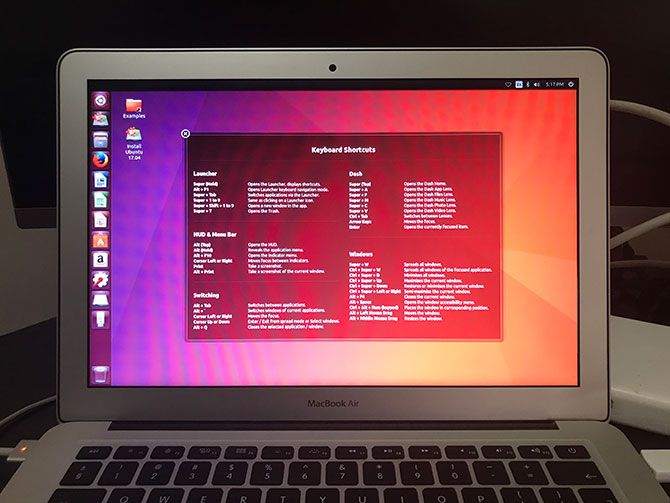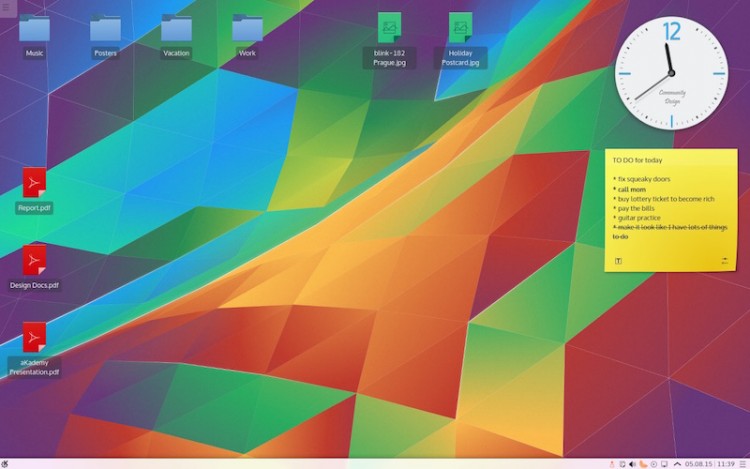
Rufus should start making your USB drive Ubuntu bootable. It should take a few minutes. Once it’s done, you should see READY status as marked in the screenshot below. Now close Rufus and your USB drive is ready. Booting from the USB drive and Installing Ubuntu 18.04 LTS. Now you have to boot from the USB. Use tools installed by default on the USB stick to repair or fix a broken configuration; Creating a bootable Ubuntu USB stick from Microsoft Windows is very simple and we’re going to cover the process in the next few steps. Alternatively, we also have tutorials to help you create a bootable USB stick from both Ubuntu and Apple macOS.
How to create a bootable MacOS USB. From Linux you can read and write Apple-compatible HFS+ disk images. By creating an El Capitan recovery disc, you can then create an installation disc, and then access the App Store for other free installers, such as Catalina and Mojave. Rufus is a utility that helps format and create bootable USB flash drives, such as USB keys/pendrives, memory sticks, etc. It can be especially useful for cases where: you need to create USB installation media from bootable ISOs (Windows, Linux, UEFI, etc.) you need to. The firmware in newer Macs allows to boot standard UEFI bootable media, which are rather trivial to create and don't require special Ubuntu images. – LiveWireBT May 7 '15 at 9:20 The standard USB-image will boot on a mac if prepared according to instructions.
With Ubuntu 16.04 LTS inching ever closer to release, now feels like a good time to recap how easy it is to make an bootable Ubuntu USB drive.
Just like the live CD, a live Linux USB allows you to boot Ubuntu on your machine without needing to install it on your hard-drive. Live images are a useful way to test hardware compatibility (things like Wi-Fi drivers, touch-screens, etc) before committing to a full install.
In this article we show you 3 ways of making a bootable thumb drive on the 3 major desktop operating systems: Windows, OS X and Ubuntu.
How to Create a Bootable Linux USB Drive on Windows
Our preferred tool for creating bootable Ubuntu sticks in Windows is ‘Linux Live USB Creator’ – often called ‘Lili’ for short.
The free and open-source app is incredibly straightforward to use. Just follow each step in turn. It’ll even download the .iso file for you if you don’t have one to hand.
If you don’t like this app (or can’t get it run) there are alternatives, including Rufus (Github link)
How to Create a Bootable Linux USB Drive on Mac OS X
For an OS that’s prized for its simplicity it’s strange that creating a bootable USB on a Mac is not easy.
But it’s not impossible, either.
Canonical recommend a command-line method to create a bootable USB with Ubuntu on Mac O SX. The instructions are concise though the process is involved.
For something less longwinded you could give the open-source, cross-platform UNetBootin app a go.
It has to be said that while the success rate of images created using this app is poor (you can’t use the USB’s it creates to boot a Mac, for instance) it is the ‘easiest’ way to create a bootable Ubuntu USB on Mac OS X.
Like LiLi above, Unetbootin can even automatically download a Linux distro .iso file, which is handy if you feel the itch to distro hop but don’t know exactly which flavor to try.
Remember that to boot from a USB on a Mac you will need to hold down the Alt/Option’ key during boot.
Other GUI alternatives include
Bootable Usb On Mac
How to Make a Bootable Linux USB Drive on Ubuntu
Ubuntu comes with an app to create live USB drives already installed.

Open the Dash and search for ‘USB Startup’.

Launch the app, locate your .iso file, choose your USB drive (double check it’s the correct one!) and then hit ‘install’.
You can also configure persistence though I’ve never had a USB boot when I’ve enabled this feature.

How To Create Bootable Usb On Mac For Ubuntu

What’s your preferred method for creating bootable Linux USB drives? Let us know in the comments!
